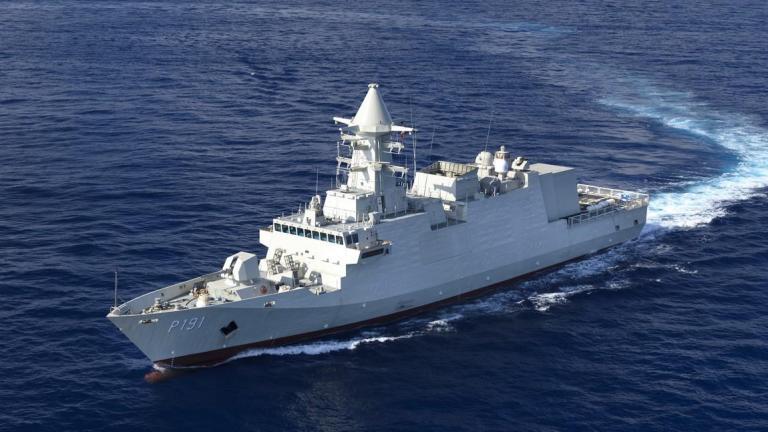The ambition of the EU navies is to drastically increase the flexibility of second line vessels in order to conduct a wider range of operations and to make the vessels more suitable to face 21st century challenges and newest constraints and operational requirements to expand the capacities to interoperate and significantly elevate their level of availability and sustainability.
Moreover, the new class of ships needs to be based on a shared baseline, which can be tailored to different national individual requirements.
These goals can be reached at most optimized cost by a new generation of ships defined with a high level of commonality and modularity and taking advantage of a common engineering knowledge base and the large experiences at EU level.
The challenge is to take into account the different requirements from participating Member States and succeed in defining and demonstrate the capacity of building a family of ships which will have a common baseline (reference ship) jointly with some specificities (modularity in design and flexibility in mission) to answer to specific needs from each participating Member States.
The proposals must aim to:
- define a shared and common set of rules, standards and interfaces applicable to naval architecture and associated systems to improve the industrial cooperation and integration of the European naval companies and Small and Medium Enterprises (SME) and promote common European supply chains;
- create standardized industrial processes and methodologies and increase Member State’s joint capability to develop future warships in a reduced amount of time and at most optimized cost, and so contribute to the competitiveness of the European defence industry;
- increase availability through integration of modularity and flexibility in the design of military vessels, and ultimately to generate a new 2500t-3500t class modular vessel able to increase current capabilities of the navies mainly in terms of MSA, Surface Superiority and Power Projection and also carry out a large spectrum of maritime operations ranging from peacetime governmental activities to wartime operations
The proposals must cover the following activities as referred in article 10.3 of the EDF Regulation, not excluding possible upstream activities eligible for development actions if deemed useful to reach the objectives:
- studies, such as feasibility studies to explore the feasibility of new or improved technologies, products, processes, services and solutions;
- the design of a defence product, tangible or intangible component or technology as well as the definition of the technical specifications on which such design has been developed which may include partial tests for risk reduction in an industrial or representative environment.
The activities must in particular include:
- Definition of common methodologies, tools, set of common rules and standards for the studies and construction of the vessel, list of innovative solutions and relevant technological bricks, list of potential EU original equipment manufacturers (OEMs) to be used during the following phases. This phase also includes the definition of standardized interfaces and the study and demonstration of some core technological bricks that are of highest importance for the concept of the vessel.
- Concept and feasibility studies for the reference ship and verification of capability to cope with participating Member States/national specific requirements. Definition of flexible and scalable architectures and demonstration they are able to handle the amount of variability of vessel and systems impacted by the participating Member States/national specific requirements. This phase also includes the selection and the definition of the standardized interfaces with the main systems. The feasibility studies will provide several solutions for the reference ship plus specificities (sizing, general arrangement…).
- Concept studies and evaluation, in order to elaborate and characterize the main parameters (sizing, general arrangement…) of MMPC solutions for the reference ship and characterization of national variants, and prepare the next detailed design phase for the MMPC.
In order to increase commonality between national variants, and to reduce non-recurring costs, the systems aboard the vessel must have, as much as feasible and economically interesting, standardized functional interfaces to be defined during the first phase of studies.
To allow participating Member States to share capability modules in the flexible areas, the physical and functional interfaces and technologies in those areas must be common. The confirmation of the feasibility of such flexible area will be demonstrated.
A detailed planning of potential subsequent phases should be generated, including the identification of implementation priorities, according to the operational needs.
Link with CMA Goals
Goal II: A competitive, innovative and sustainable blue economy for the Black Sea
/ Priority 2: Promote transport and digital connectivity of the Black Se

